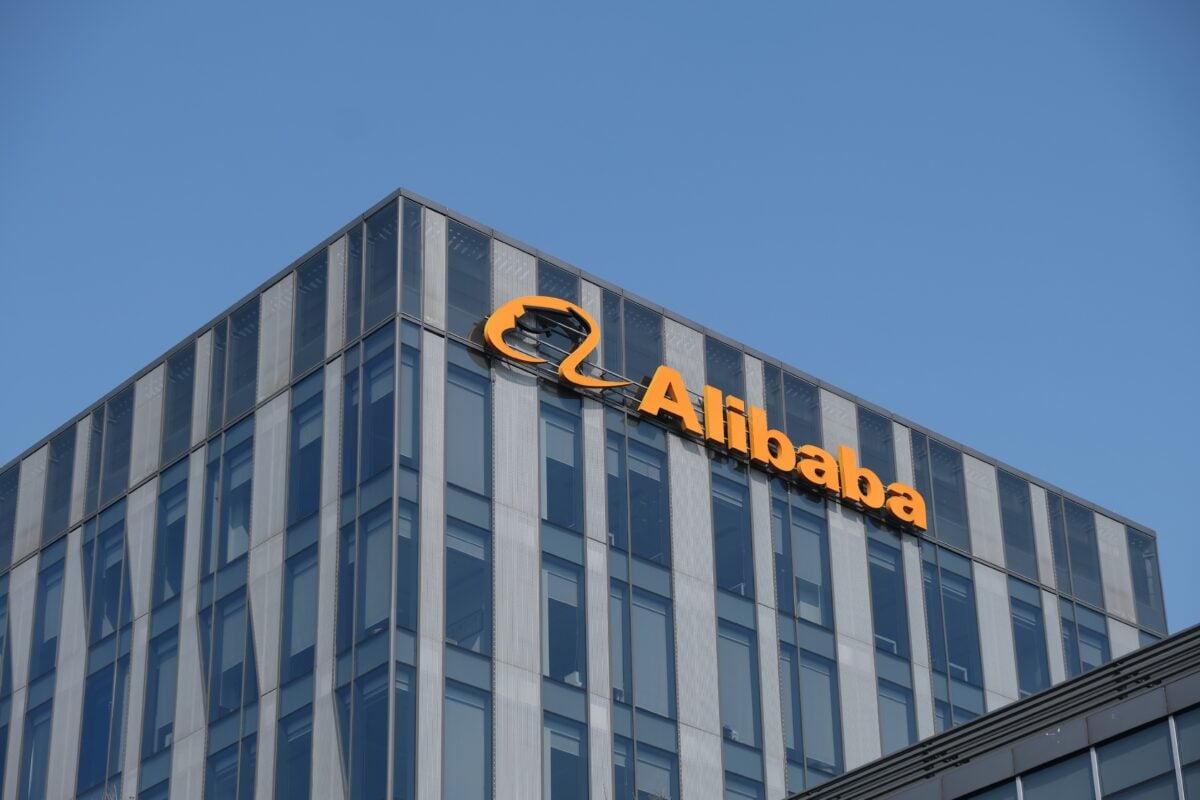TLDR;
Contents
- Alibaba’s Tongyi app now supports translation between 119 languages across text, speech, images, and documents.
- A new simultaneous interpretation feature enables real-time voice translation in ten major languages.
- The update reflects a major leap in AI-powered communication, targeting global business and education users.
- Tongyi’s growth follows a 2024 restructure that sharpened its focus on consumer-facing AI solutions.
Alibaba has announced a major upgrade to its AI chatbot Tongyi, significantly expanding its translation features to include support for 119 languages and dialects.
The update, launched on June 19, brings real-time simultaneous interpretation to the platform for ten widely used languages, signaling Alibaba’s aggressive push to compete in the global AI productivity race.
This enhancement not only strengthens Alibaba’s consumer AI offerings but also positions Tongyi as a formidable alternative to platforms like Google Translate and DeepL, which have long dominated the space. By introducing capabilities across text, voice, document, and image translation, Tongyi sets itself apart as a comprehensive, all-in-one multilingual tool.
Alibaba Unlocks Real-Time Global Dialogue
At the heart of the upgrade is the new simultaneous interpretation feature. Capable of translating spoken content in real time, this tool allows fluid multilingual conversations in English, Japanese, Korean, Cantonese, and other major languages. The feature represents one of the most technically demanding milestones in machine translation, requiring not just speed, but the ability to understand and convert natural speech patterns with accuracy.
This development is particularly timely for sectors like business and education, where cross-border meetings and virtual conferences are now commonplace. Rather than relying on expensive human interpreters or cumbersome third-party software, users can now access high-quality, instant interpretation directly within the Tongyi app. That shift could democratize global communication, especially for startups and organizations with limited resources.
A Milestone Decades in the Making
Tongyi’s latest feature set reflects a broader arc in translation technology, stretching back to early Cold War-era research. What began with basic experiments in translating Russian text in the 1950s has evolved into sophisticated, AI-driven systems capable of interpreting live speech across cultural and linguistic boundaries. This progress accelerated with the adoption of neural network architectures in the 2010s, allowing machines to better capture tone, idioms, and context.
The new functionality in Tongyi is a far cry from the early days of rule-based and statistical systems. It represents a leap into a future where multilingual communication may no longer be a barrier but a built-in feature of everyday digital life.
Paving the Way for Consumer-Centric Growth
Alibaba’s December 2024 restructuring of its AI division laid the groundwork for this milestone. By decoupling its Tongyi chatbot operations from the core LLM research team, Alibaba placed its consumer AI tools under the Intelligent Information Platform, which also oversees the UC Browser and Quark search engine
This pivot toward user-facing products allowed Tongyi to focus more aggressively on developing tools with immediate practical value.
The results of that strategy are now evident in this latest release. With the competitive landscape of AI translation heating up, Alibaba’s decision to invest in real-time interpretation and extensive language coverage may prove to be a defining move in capturing both global users and enterprise clients looking for smarter, integrated solutions.


